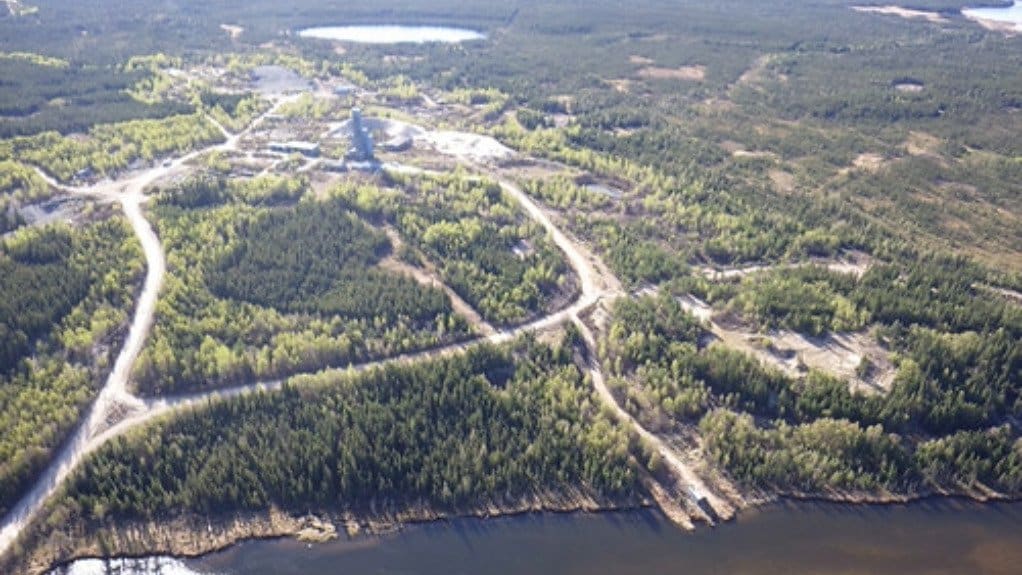Canadian gold miner Alamos Gold on Monday announced a construction decision for its 176 000 oz/y Lynn Lake project in Manitoba.
The new C$695.2-million mine sets the stage for the company to achieve production of about 900 000 oz by 2028.
Last year, Alamos achieved a record gold output of 567 000 oz, and the company said it would sustain the upward trend, with output projected to grow to between 680 000 oz and 730 000 oz by 2027.
Production growth over the next three years will be driven by low-cost growth from the Island Gold district, in Ontario, with the Phase 3+ Expansion on track to be completed in the first half of 2026.
An evaluation of a longer-term expansion of the Island Gold milling capacity to between 15 000 t/d and 20 000 t/d is also under way, which the company said could support additional growth, bringing company-wide production to about one-million ounces a year.
Alamos also expects significant cost reductions, by strategic growth initiatives. Total cash costs and all-in sustaining costs in 2026 are projected to decrease by 6% compared with 2025, supported by low-cost production from the Island Gold district following the completion of the Phase 3+ Expansion and the connection of the Magino mill to a lower-cost electric grid.
The Magino mill is expected to ramp up to 11 200 t/d by the end of the first quarter of 2025 at which point the Island Gold mill will be shut down and ore from Island Gold will be trucked and processed through the Magino mill.
Costs are expected to decline further in 2027 to $1 125/oz to $1 225/oz, representing a 10% reduction from 2024. This reflects a full year of production from the Island Gold district post-expansion. Another cost reduction is expected in 2028 with the start of low-cost production from Lynn Lake.
Starting in 2027, yearly production from the Island Gold District is expected to average close to 400 000 oz/y, representing a more than 100% increase from 2024.



